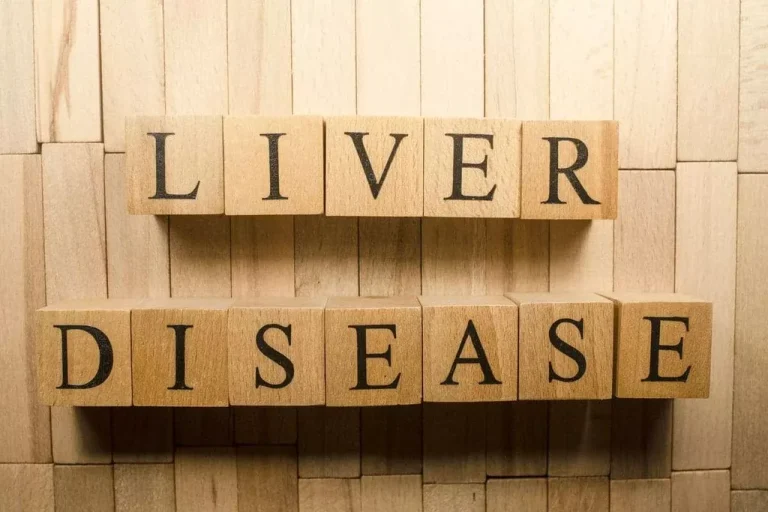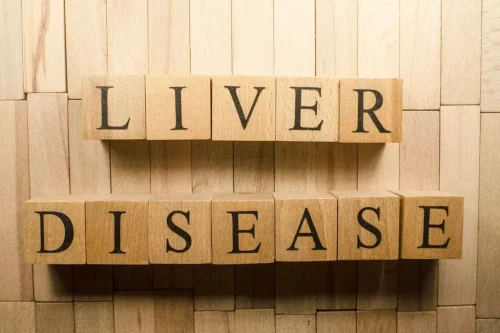
Studies have shown an increase in reactive oxygen species (ROS) level in myocytes following alcohol consumption and thus causes oxidation of lipids, proteins, and DNA leading to cardiac dysfunction. These changes are related to both direct alcohol toxicity on cardiac cells and the indirect toxicity of major alcohol metabolites such as acetaldehyde. Altered platelet responses (e.g., increased platelet activation/aggregation) leads to blood-clot formation (or thrombosis) in certain CV conditions.
The Effects of Ethanol on the Heart: Alcoholic Cardiomyopathy

This suggests a direct or indirect role for ethanol-mediated oxidative stress in the heart (Jiang et al. 2012; Tan et al. 2012). It is important to note that, unlike other studies with more discrete alcohol consumption categories, alcohol use was nonspecifically defined in INTERHEART as the consumption of at least 1 alcoholic beverage within the previous 12 months (Leong et al. 2014). Interestingly, the strength of this association was not consistent across different geographic regions.
New Methods for Analyzing Alcohol Consumption and Stroke-Related Outcomes

Microscopic and molecular examination of diseased hearts has demonstrated abnormal alterations to various cellular components, including the mitochondria and myofibrils. These studies have shown not only the direct impact on myocardial contractility but also disrupted metabolism that determines the long-term survival of the myocardium. Significant variation in the response to chronic alcohol consumption exists alcoholic cardiomyopathy may be related to unique genotypes that modify the metabolic response to ethanol. Future studies to further characterize the role of different genotypes will help identify those genotypes are more susceptible to chronic alcohol consumption. Long-term heavy alcohol consumption induces adverse histological, cellular, and structural changes within the myocardium. These mechanisms contribute to the myocyte cellular changes that lead to intrinsic cell dysfunction, such as sarcoplasmic reticular dysfunction and changes in intracellular calcium handling and myocyte loss.
Alcoholic Cardiomyopathy: Multigenic Changes Underlie Cardiovascular Dysfunction
- Diastolic dysfunction, characterized by impaired left ventricular relaxation and reduced diastolic filling capacity, serves as an early indicator of ACM.
- It is important to note that, unlike other studies with more discrete alcohol consumption categories, alcohol use was nonspecifically defined in INTERHEART as the consumption of at least 1 alcoholic beverage within the previous 12 months (Leong et al. 2014).
- On the other hand, significant daily alcohol consumption increases platelet aggregation and reactivity.
- In addition, the AHA advises against starting to drink alcohol solely for potential health benefits, as the risks can outweigh the advantages.
- The key to diagnosis is a personal history of chronic heavy alcohol use and the absence of other etiologies.
Abstinence is the preferred goal, although controlled drinking may still improve cardiac function. New strategies are addressed to decrease myocyte hypertrophy and interstitial fibrosis and try to improve myocyte regeneration, minimizing ethanol-related cardiac damage. Growth factors and cardiomyokines are relevant molecules that may modify this process.

This fact has been assessed with echocardiographic monitoring in women consuming high doses of ethanol both in the subclinical period of disease 46 as well as in the clinical period when congestive heart failure appears 95. At the experimental level, some gender differences also are evident in functional proteomic analysis, with sex-dependent differences in structural and energy-producing myocardial proteins in a rat model of alcoholic cardiomyopathy 96. Sober living house The biological reason for this gender difference is based on different ethanol absorption rates, distribution pattern, and metabolism in women compared to men 52. Therefore, efforts to prevent ACM development in women should be specifically addressed 97. During pregnancy, ethanol consumption should be clearly discouraged because of the possibility of fetal alcohol syndrome or the development of other congenital heart diseases 97. Investigators have used a variety of noninvasive tests to evaluate the acute effects of alcohol consumption on myocardial function and hemodynamics in healthy humans.

Generally, following alcohol intake, healthy, non-drinking individuals showed an increase in cardiac output due to a decline in peripheral arterial resistance and an increase in cardiac frequency31. However, during the time that these haemodynamic changes appeared, some researchers identified a possible decrease in the ejection fraction and other parameters related to systolic function32-39. This was questioned by other authors, who pointed out that these conclusions could not be drawn, as alcohol itself also induces changes in the pre-load and after-load conditions, which influence cardiac contractility35.
- Recently, new cardiomyokines (FGF21, Metrnl) and several growth factors (myostatin, IGF-1, leptin, ghrelin, miRNA, and ROCKs inhibitors) have been described as being able to regulate cardiac plasticity and decrease cardiac damage, improving cardiac repair mechanisms 112,119.
- Since ACM is related to frequent perioperative events and high postoperative morbidity 139, detection and treatment of ACM is compulsory to avoid anesthetic and surgical complications 140.
- NIAAA defines binge drinking as a pattern of drinking alcohol that brings the blood alcohol concentration to 0.08 percent or above.
- One liter of wine was cooked for 4 min with 10 fresh parsley stems, 1 spoon of vinegar, and 300 g honey and then filtered 11.
Different animal studies, an ethanol diet have observed a significant increase in the ventricular beta MHC isoform 44. Changes in the alpha MHC are variable with both no change or a decrease being reported 44,52. As expected, myocardial myosin ATPase activity was significantly reduced in the alcohol fed animals 44. The alcohol-induced increase in beta-MHC was due mostly to increased transcriptional activity for the gene encoding beta MHC mRNA 52. Paradoxically alpha MHC mRNA was also unregulated, but without a change in alpha MHC protein expression.
- Similar to human studies, chronic alcohol consumption by animals produced degradation of cardiovascular function allowing them to serve as models of human pathophysiology 45,46.
- It’s very important to stick with the treatment plan and to stop drinking alcohol during recovery.
- Myocyte ethanol targets include changes in membrane composition, receptors, ion channels, intracellular Ca2+ transients, and structural proteins, and disrupt sarcomere contractility.
- The biological reason for this gender difference is based on different ethanol absorption rates, distribution pattern, and metabolism in women compared to men 52.
A diverse variety of arrhythmias appear early and may worsen the course of ACM, atrial fibrillation being the most frequent 60 and ventricular tachycardia the most deleterious 61. These arrhythmias are usually related to episodes of binge drinking 43,62 and are more frequent in established ACM than in subjects with normal cardiac function 52. In chronic alcoholics, arrhythmia may frequently appear in relation to episodes of ethanol abstinence because of the increased release of catecholamines and electrolyte deficiencies 19. Chronic alcohol consumption can cause multi-organ damage including myocardial dysfunction. There are no specific targeted histological or immunological biomarkers for the diagnosis of alcohol-induced cardiomyopathy. Various pathophysiological mechanisms have been postulated in the development of cardiomyopathy however one key factor undergoing active research is the role of genetic mutation and susceptibility to develop cardiomyopathy.

Account
Once the 15 articles were selected (see Appendix Table 1 for the list of included articles), we extracted and organized relevant information from =https://ecosoberhouse.com/ them. Alcoholic cardiomyopathy (ACM) is a cardiac disease caused by chronic alcohol consumption. The major risk factor for developing ACM is chronic alcohol use; however, there is no cutoff value for the amount of alcohol consumption that would lead to the development of ACM.
